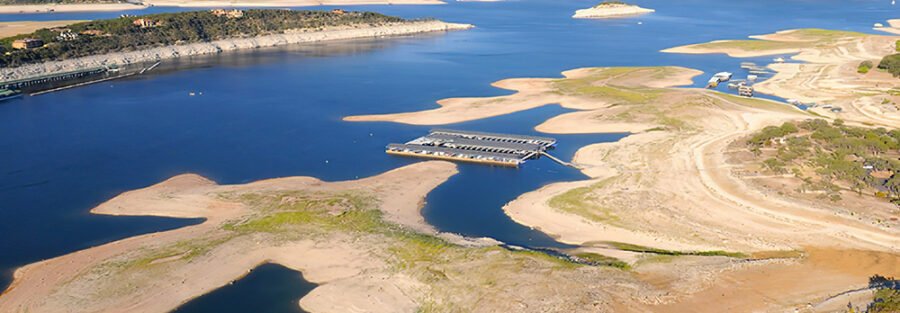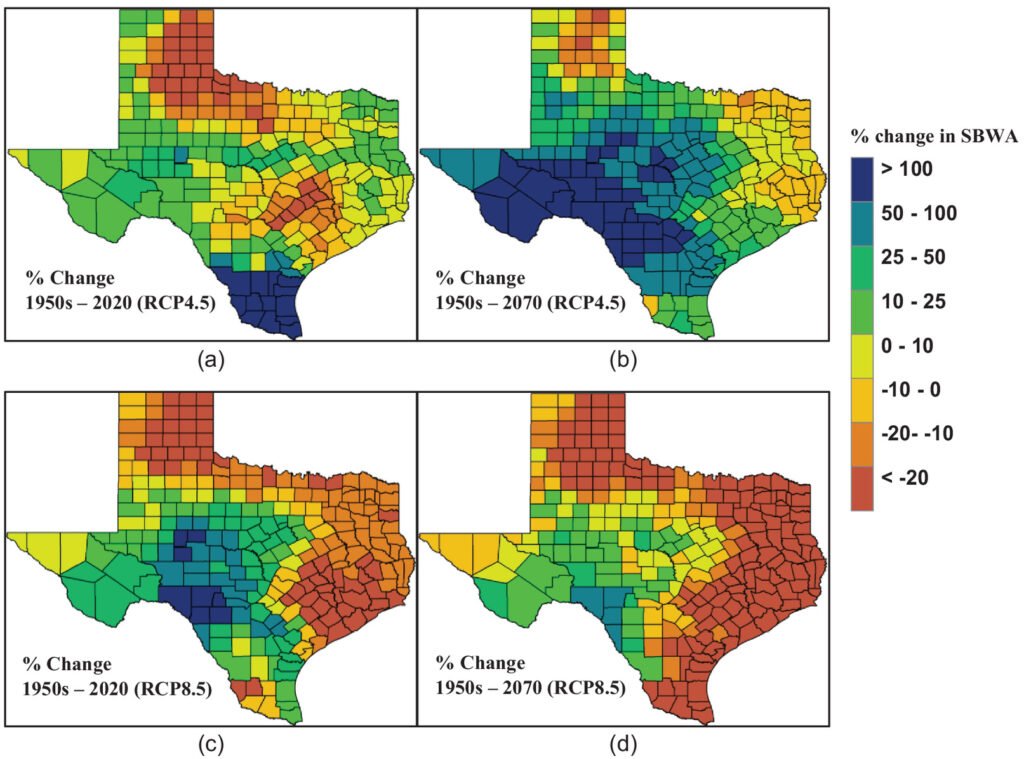Texas is facing a water crisis that could leave millions of residents struggling with shortages in the coming years. According to the Texas Water Development Board, the state’s water supply may not meet demand by 2030 if severe drought conditions persist and no action is taken. With growing concerns over depleting reservoirs, aging infrastructure, and climate change, state officials are scrambling for solutions before it’s too late.
Where Does Texas Get Its Water?
Texas relies on two primary sources of water:
- Groundwater (54%) – Stored underground in aquifers, such as the Ogallala and Edwards Aquifers.
- Surface Water (43%) – Sourced from lakes, rivers, and reservoirs, including the Rio Grande and Colorado River.
- The Ogallala Aquifer, one of the largest in the U.S., is depleting at an alarming rate due to overuse. Meanwhile, reservoirs depend on rainfall, which has become increasingly unpredictable due to climate change.
Regional Water Disparities
Water availability varies across Texas. In places like Lubbock, water is drawn from multiple sources, including Lake Meredith and underground wells. Meanwhile, Fort Worth depends primarily on surface water from lakes and rivers. Experts warn that without careful planning, some regions could see their water supplies run dangerously low within the next few years.
Who Owns Texas’ Water?
Water rights in Texas follow a complicated legal framework:
- Groundwater: Owned by landowners, who can pump as much as they want, though conservation districts attempt to regulate usage.
- Surface water: Owned by the state, with access granted through a permit system. Texas follows a “first in time, first in right” rule, meaning older permit holders get priority during shortages.
The system makes balancing water needs challenging, especially in times of drought.
Why Texans Should Worry Now
Texas’ population is projected to increase by 73% by 2070, while water supply is expected to drop by 18%. Groundwater depletion will be the biggest concern, with the Ogallala and Gulf Coast Aquifers seeing the largest declines.
Adding to the crisis, Texas’ aging water infrastructure is leaking massive amounts of water. A 2022 report estimated that 572,000 acre-feet of water are lost each year due to pipe leaks—enough to supply major cities like Austin, Fort Worth, and El Paso combined.
Who’s Using the Most Water?
Currently, agriculture is the largest water consumer in Texas, accounting for most groundwater use. However, by 2060, municipal water demand is expected to surpass irrigation, as cities expand and water prices rise. Experts predict that rising costs and shifting usage patterns could reshape how Texas allocates water resources in the future.
What’s Being Done to Prevent a Crisis?
State lawmakers are pushing several initiatives to secure Texas’ water future:
- Infrastructure Investment – A $1 billion fund was recently approved for water projects, with proposals for an additional $5 billion in funding.
- Statewide Water Grid – A new plan aims to connect different water systems, allowing water to be redirected from wetter regions to drought-stricken areas.
- Desalination and Water Treatment – Cities like Corpus Christi and El Paso are exploring seawater desalination and brackish groundwater treatment to create new sources of drinking water.
Will Texas Act in Time?
With population growth, rising temperatures, and an aging water system, Texas faces a tough battle ahead. If no solutions are implemented, 25% of Texans could have less than half the water they need by 2070.
Water conservation, infrastructure upgrades, and new water sources could help, but experts warn that delays could prove costly. The question now is: Can Texas secure its water future before taps start running dry?
Credits: The Texas Tribune






